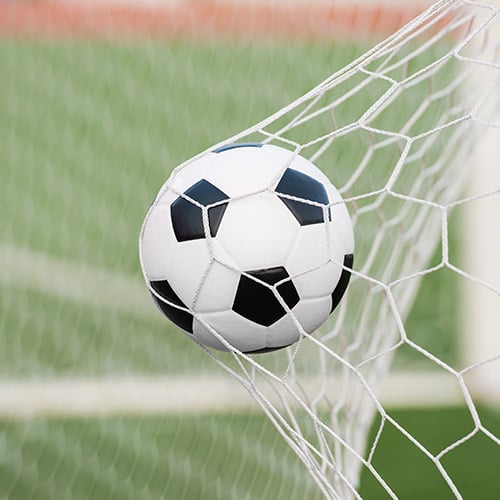Whether you are a professional golfer or an amateur, being able to sink putts is, without a doubt, one of the most important factors in playing good golf. And whilst there are lots of different methods that golfers use to try and putt well, you cannot get away from the fact being able to read the green properly is vital and often the difference between elite and amateur golfers.
So, what is it that professional golfers pay attention to when they are reading greens? Well, a recent study looked at just that. In this study, the researchers asked professional and amateur golfers to walk from a tee box onto a green at a par 3 on a golf course. The golfers were asked to think aloud (say what they were thinking out loud) whilst they read the green, made their putts, and reflected afterwards. All of this helped the researchers establish what sort of things that golfers focus on. Interestingly, the study found that there are some differences in what experts and amateurs think about when they read the greens.
Well, what should you focus on then to help you make better decisions about the pace and the line of putts? Let’s, break it down into what the pros pay attention to when they are walking to the green, on the green, and after they sink their putt.
What to focus on when reading the green?
Walking to the green
Walking to the green can give you a nice chance to start focusing properly on what’s important. For example, when you are walking from the tee on a par 3 onto the green, or from the fairway on longer holes.
Even though it’s all too easy to start thinking about how to execute your putt or the outcome of a good or bad putt, it’s actually not what the experts do. So, what should you do instead? Here’s what the pros do:
- They focus on the environment around them.
- They stay in the moment and focus on what they are seeing.
- They start to interact with the green as they approach it (walk around the green and look at the slope).
- They do not start to plan their putt or think about the outcome whist walking to the green.
On the green
After walking to the green and having spent time focusing on the environment around you and the green itself most golfers just mark their ball and line the putt up. But there’s actually more you could be doing to read the green like a pro. When on the green you should:
- Think about where you need to aim the putt (based on the slope).
- Try to predict where the ball might go (what is the ball likely to do and why?). If you have played the course before then try to think about your experience on that green or similar putts you have had before!
- Plan where to hit your putt (based on where it is likely to go) and not how to hit it. Spend time trying to see the line of the ball in your mind.
- Don’t think too much about technique. Interestingly, the pros spent more time thinking about where the ball will go instead.
- Think about how the putt will look, not how your putting stroke will look!
After you putt
After you have holed your putt there is more you can do than just picking the ball out of the hole and moving on. Instead, you will often have a really nice time to assess what has happened and plan for the next one. Specifically, you can:
- Quickly reflect on what happened and why – whether it is good or bad! Check out our guide here on how to reflect properly.
- If you miss, be kind to yourself – focusing on what to do differently next time and think about how you talk to yourself.
- If you hole it, focus on what helped you to putt well – use this as your road map for the next putt.
Final thoughts
As you can see there is more than meets the eye to green reading. It’s more than just having a quick glance and giving it your best guess. Regardless of your ability or experience, there are some nice examples of what to focus on when you are next out on the course to read greens like a pro and play at your best. So, take these tips and let us know how you get on.
This first author of this research project was our very own Performance Psychologist Matt Shaw. The project was also researched and written by Dr Phil Birch and Dr Ollie Runswick.

.jpg?width=400&name=how-to-read-greens-like-a-pro-600px%20(1).jpg)




